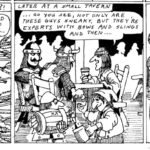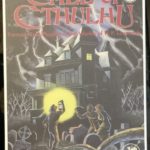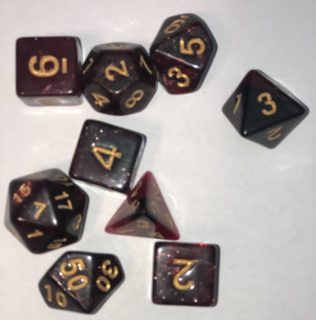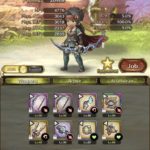OK, thinking about projects time, what I've done with my 3-year summer vacation (extended, 2022 edition).
- Scheme for local problems, sysadmin tasks, just general dorking around on the computer: ?, best decision I've made in some time. In case it's not clear, Chez Scheme and Thunderchez.
Schemers in general are annoying but less annoying than LISPers, so if the LISP community pissed you off, Scheme's might be 50% less toxic. I still have to block some people in IRC because they won't STFU or tolerate anyone Doing Things in Unapproved Manner. You know what would be amazing? A language as technically awesome as Scheme, with Python's friendly community. Python the language is trash, tho.
-
Haunted Dungeon, Scheme roguelike. Needs at most weeks of work, and then I can take a day and grind out binaries for various platforms (UUUUuuuugh Windows & Linux suck so much to interact with; Mac does for different reasons), ship it. It ballooned past my original tiny roguelike design long ago, but it's still not that big.
-
Multiple small Scheme programs & games, once I do that ship day I may just make a bunch of binaries. None of these are amazing but some are nice. Don't ask a developer to praise their own software, you know?
-
New Perilar CRPG, also Scheme. I have this at like 60% functionality, map generation's beautiful, and fuck-all for story, it's fine, same shipping problems, so much I need to think about if I get it to a playable state. Or it may be a learning experience.
-
Little Atari 8-bit game. Dungeon crawler with no purpose but it's cute, was meant to be a ZX SpecNext game but that's still not shipped after 2 years so… It's now at like 30% done, but I have some vision for it.
-
Open world action-adventure game I've got a bit of design for (in my paper sketchpad! Not even on the computer!), it could either be Scheme or Atari 8-bit or whatever. I don't actually know of anything like this design, tho original Zelda & Metroid are the parents (I clearly don't understand genetics) of all such games. Needs so much mapping & writing before I even start, but all the technical side is easy for me.
Currently Atari stuff's in TurboBASIC-XL which is less bad than you'd think, but still really sucks compared to having a modern language; both Pascals and C's I have access to are less useful. I've been borderline to making a new language that compiles to 6502 ASM, but I know I'm lazy at tools-to-make-tools support.
One nice part with Atari 8-bits is, shipping is easy. Put it in an ATR file, with an Atari emulator as seen on archive.org. One click, any browser shows it. Down side is, can't really charge money for this. Beg for patreon support; which I need to be better about giving you goodies in return for your cash, my fine patrons. Shall I write thee a sonnet?
-
Update & reupload my iPhone stuff. Should I even bother with Castles? I liked the underlying game but the UI is unbelievably shit, I had no idea what I was doing and limited by iPhone 1 screen/UI constraints. But Perilar, and some utility stuff, and maybe patch Brigand to be paid-up-front instead of IAP and say "this is what you could've had!". And I have my 3D game which never got shipped, just shown as demos. Worth spending some time on this and then never looking at it again.
-
Tabletop RPGs. Fuck this third goddamned plague year, which has made playing & playtesting RPGs just a nightmare. Every online group I try flakes out so fast they may be composed entirely of microscopic black holes. So I have my "original dungeon game" retroclone, and my much nicer sword & planet game, and a couple tiny gamelets. And with Hasbro's sabre-rattling at the OGL and "One D&D", I'm inclined to just ship only the sword & planet game, and turn the rest into world books for it. But I'd like to test it more than once with other Humans and also not get infected with plague. So. State of that world is uncertain.









